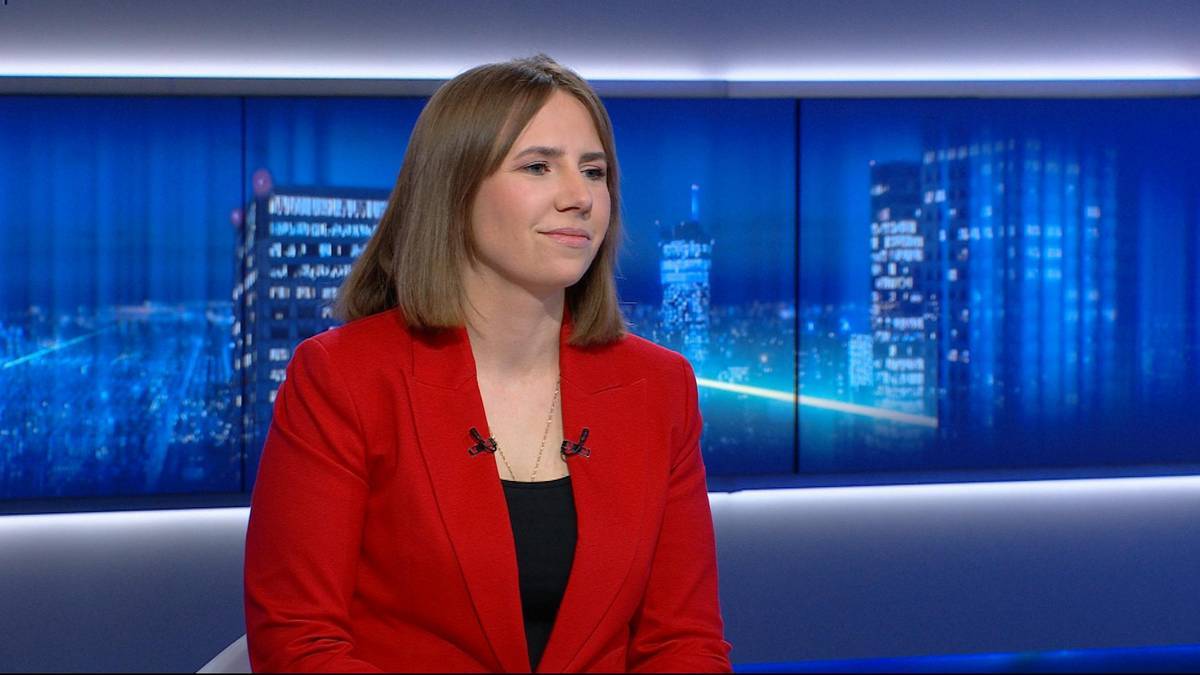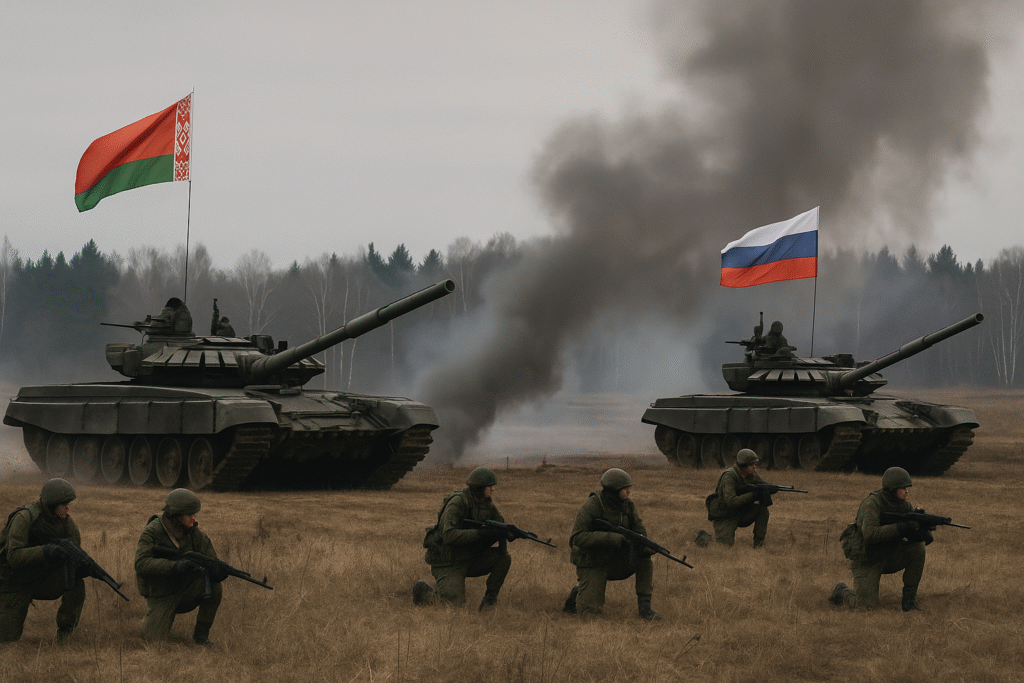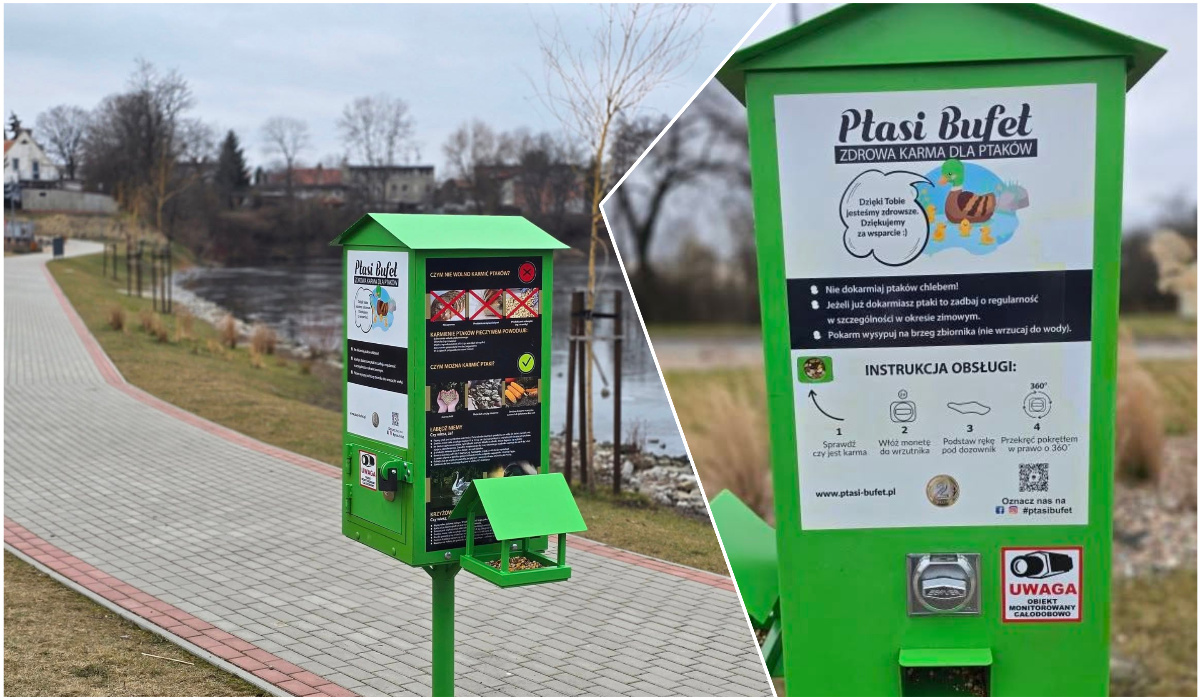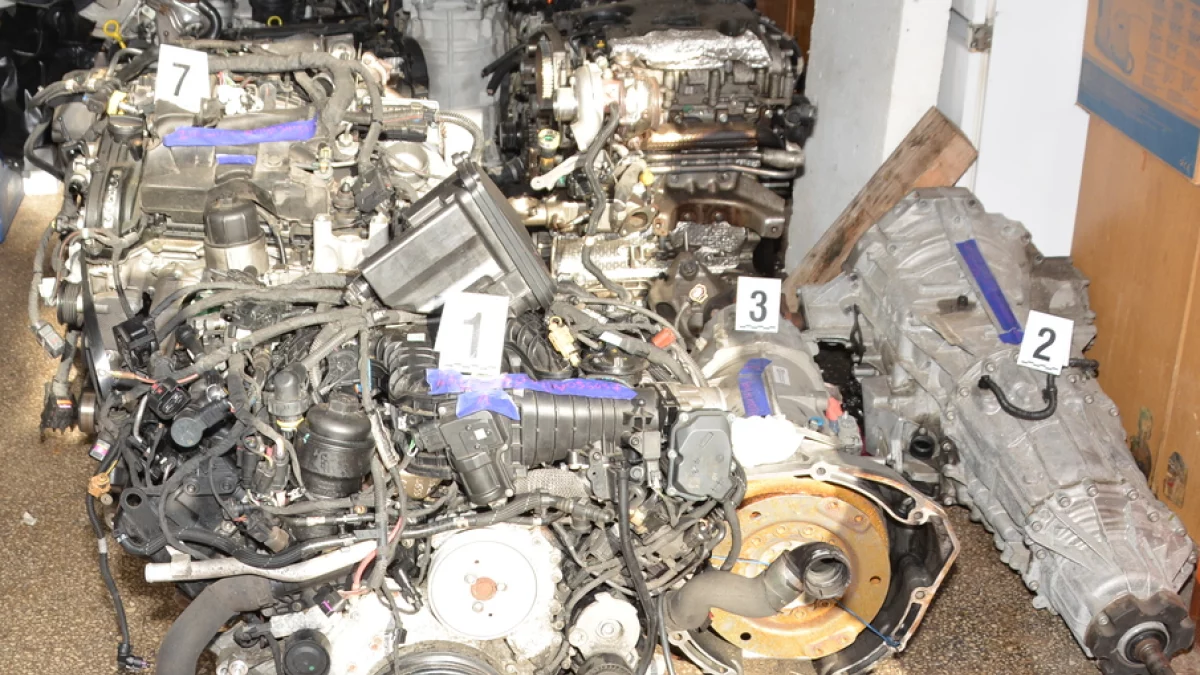
Сан Диго. 7 февраля 2025 года в международном аэропорту Сан-Диего (SAN) развернулась сложная оперативная задача, подчеркивающая неотъемлемые ограничения конструкции однопосадочной полосы объекта.
Уникальная конфигурация аэропорта с операционными зонами по обе стороны взлетно-посадочной полосы требует, чтобы самолеты часто пересекали активную взлетно-посадочную полосу, создавая сложные схемы движения.
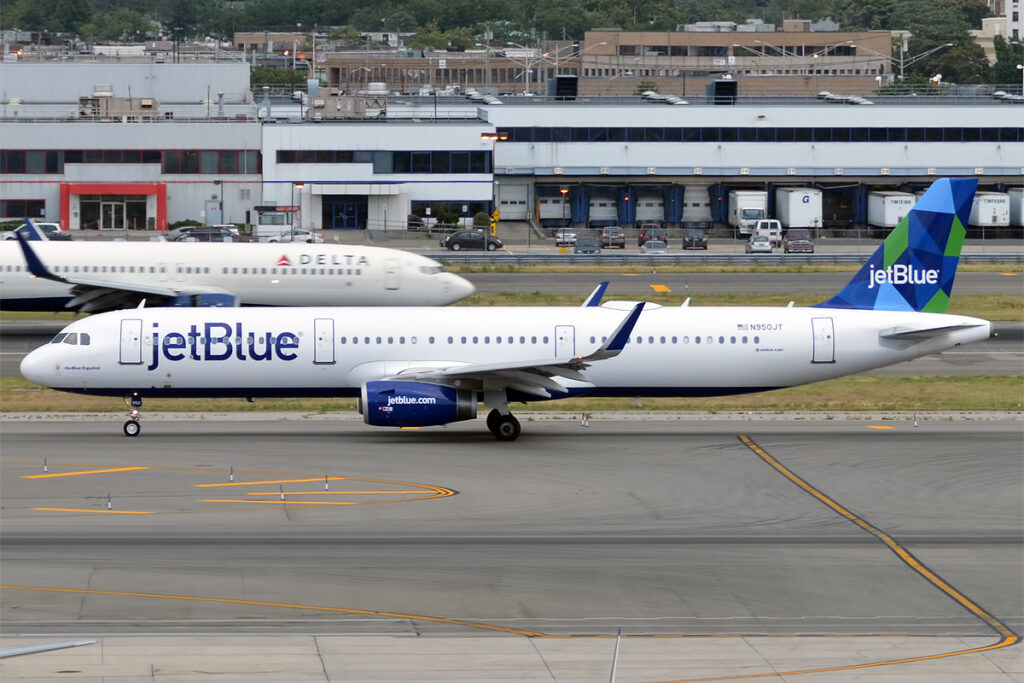 Фото: Анна Зверева из Таллинна, Эстония - JetBlue Airways, N950JT, Airbus A321-231, CC BY-SA 2.0, https://commons.wikimedia.org/w/index.php?curid=41996019
Фото: Анна Зверева из Таллинна, Эстония - JetBlue Airways, N950JT, Airbus A321-231, CC BY-SA 2.0, https://commons.wikimedia.org/w/index.php?curid=41996019Lufthansa Nose с JetBlue
Тяжелые погодные условия усугубили логистические ограничения аэропорта. Плотный туман покрывал область, в то время как смещение ветра усложняло движение самолетов.
Единственная взлетно-посадочная полоса аэропорта, обозначенная как взлетно-посадочная полоса 9 или взлетно-посадочная полоса 27 в зависимости от направления работы, стала центром этих проблем.
Погодные условия заставили разделить операционную схему с прибывающими самолетами, использующими взлетно-посадочную полосу 9 для посадки на восток. Однако вылетающие самолеты столкнулись с ограничениями, поскольку условия ветра превысили параметры безопасности для вылетов на ВПП 9.
Одновременно плохая видимость первоначально препятствовала использованию взлетно-посадочной полосы 27 для вылетов на запад, создавая узкое место, поскольку самолеты ожидали улучшенных условий.
Ситуация достигла критической точки, когда Lufthansa (LH) Airbus A350, прибывающий из Мюнхена, и JetBlue (B6) Airbus A321, запланированный на вылет в Бостон, столкнулись друг с другом на рулежной дорожке.
Это необычное затруднительное положение возникло, когда самолет Lufthansa завершил посадку на взлетно-посадочную полосу 9, в то время как рейс JetBlue позиционировал себя для возможного вылета взлетно-посадочной полосы 27. В результате затор парализовал участок рулежной дорожки примерно на один час. Омаат Сообщено.
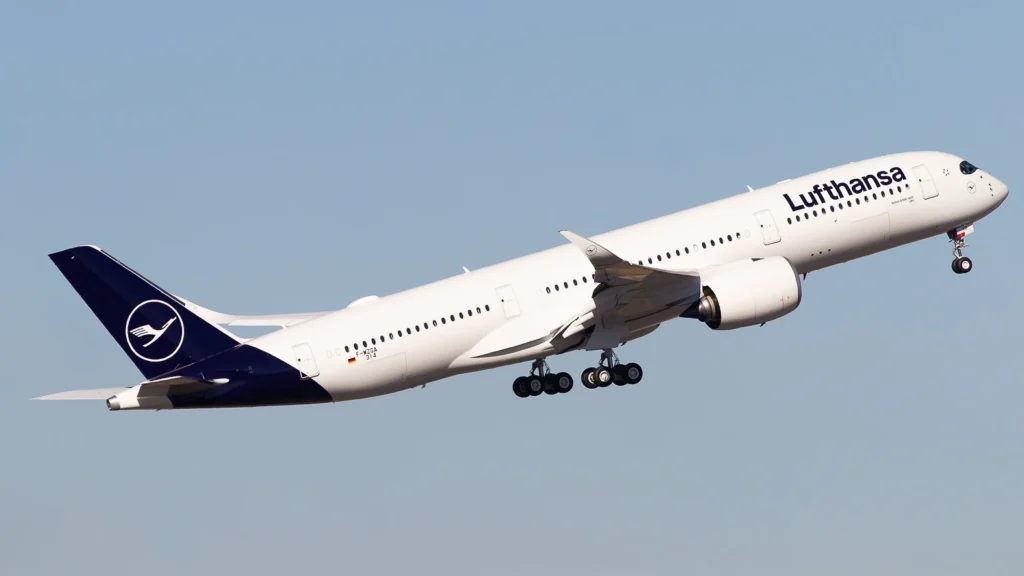 Источник: Clément Alloing
Источник: Clément AlloingСетчатый замок
Затор между Lufthansa A350 и JetBlue A321 обострился, когда пространственные просчеты помешали самолету проходить друг друга по рулежной дорожке.
Ситуация создала значительные оперативные проблемы, поскольку современные коммерческие самолеты не имеют автономных обратных возможностей, что требует развертывания буксирного транспортного средства для перепозиционирования.
Радиосвязь во время инцидента выявила заметное взаимодействие между управлением воздушным движением и летными экипажами. Авиадиспетчер сохранял профессиональное самообладание, несмотря на слышное разочарование в голосе.
Особенно показательный момент произошел, когда пилот рейса 1049 авиакомпании American Airlines прокомментировал перегрузку, предположив, что продолжающиеся перемещения самолетов ухудшат ситуацию. Ответ контролера после длительной паузы признал это очевидное наблюдение с едва скрываемым раздражением.
Инцидент серьезно повлиял на расписание рейсов. Lufthansa A350 столкнулась с существенными задержками при достижении назначенного терминала. Ситуация оказалась более пагубной для JetBlue A321, который был вынужден вернуться к воротам.
Это привело к тому, что рейс в Бостон прибыл в 4:12 утра следующего дня, почти на восемь часов позже запланированного прибытия в 8:35 вечера.
В то время как некоторые наблюдатели критиковали решение авиадиспетчера, обстоятельства выявляют сложные оперативные приоритеты. Основная цель контроллера заключалась в быстрой очистке активной взлетно-посадочной полосы с разумными ожиданиями того, что рулежная дорожка будет вмещать оба самолета.
Более широкий фюзеляж A350, вероятно, способствовал просчету, поскольку узкофюзеляжный самолет мог успешно перемещаться в пространстве.
Оставайтесь с нами. Следуйте за нами в социальных сетях для последних обновлений.
Присоединяйтесь к нам в Telegram Group для последних обновлений авиации. Следуйте за нами в Google News
Пилот Lufthansa не смог добраться из Майами во Франкфурт
Пост Lufthansa A350 Came Nose-to-Nose с JetBlue A321 в Сан-Диего впервые появился на Aviation A2Z.




